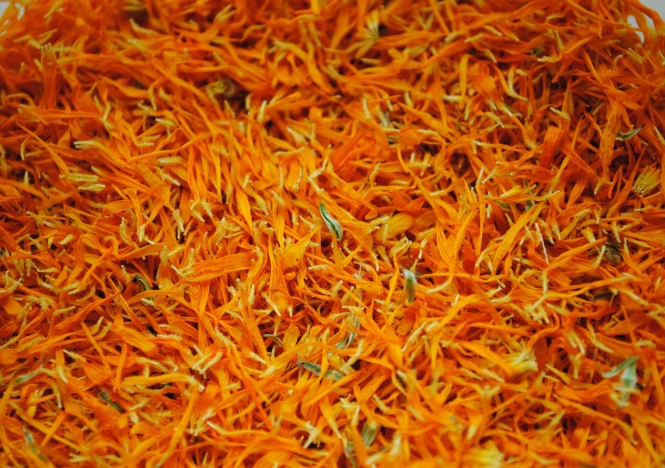‘Red Root’

Common names for Red Root include Redshank, Mountain Lilac, Buckbrush, Snow Brush, and Desert Buckthorn.
Modern day use of this herb was influenced by American Indian use. The Cherokee Indians used the root as a digestive tonic, and the Iroquois made a strong decoction from the astringent leaves to stop diarrhoea. They also used the root to improve blood flow and to treat colds.
Allopathic medicine discovered it in 1835 where they used it as a antihemorrhagic astringent to stop bleeding during operations.
During the Civil War, Red Root was used to treat ‘ague cake’; swollen spleen associated with malaria and intermittent fever.
Botanical Name: Ceanothus americanus
Botanical Family: Rhamnaceae
Part Used: Root or inner bark of the root. Roots are covered in little nodules, representative of its use on the lymphatic nodes.
Qualities: Neutral, warming, sweet to taste. Leaves taste similar to black tea (was used for this purpose during the Revolution)
Dosage: 15 – 40 mL/week 1:2 LE
Emotional/Energetics: Symptoms worse in damp cold weather. Tongue is swollen; dirty white coating. Slow, frail pulse. Cold extremities. Excess damp (spleen). Stagnant.
‘For people who cannot think their way out of a problem’ – ‘When the spleen is strong… the imagination flourishes. Life is happy, well-adjusted, vibrant and meaningful’ Wood.
Constituents:
- Betulin, betulinic acid (triterpenes), bacteriohopanetrol
- Ceanothic acid, ceanothenic acid, ceanothine (alkaloid), ceanothamine
- Americane
- Integerressine, Integerreine, Integerrine
- Methyl salicylate
- Flavonoids, flavonoids glycosides, flavonoids, dihydroflavonols
- High amount of tannins
- Iron, protein, copper, zinc, magnesium, calcium
- Nitrogen
Actions:
- Alterative
- Anti-bacterial
- Anti-fungal
- Anti-bacterial
- Anti-inflammatory
- Anti-oxidant
- Astringent
- Anti-spasmodic
- Blood coagulant
- Haemostatic
- Expectorant
- Lymphatic stimulant/tonic
- Spleen tonic
- Mucus membrane tonic
- Hepatic stimulant/tonic
- Mild hypotensive
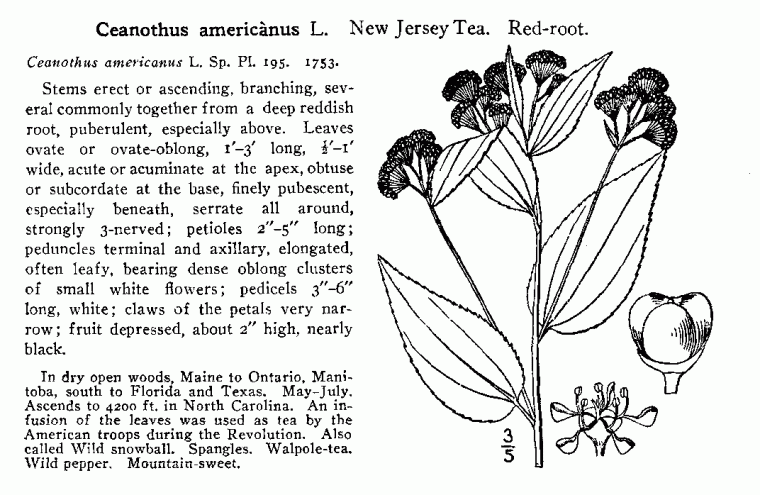
Indications:
- Mouth ulcers/tooth abscess
- Asthma, bronchitis, cough, pharyngitis, sinusitis, tonsilitis
- Blood – red blood cell clumping
- Menorrhagia
- Ovarian cysts
- Pelvic Congestion
- Diarrhoea
- Fibrocystic breasts
- Mastitis
- Headache – THICK FRONTAL (after fatty meals)
- Liver stagnation
- Lymphatic stagnation
- Splenitis/mild splenomegaly
- Lymphatic congestion – weakness and bogginess
- Swollen glands
- Swollen sore throat
- Swollen prostate
- Oedema
- Bacterial & viral infections
- EBV Glandular fever
- Loss of appetite
American eclectic medicine: Used by Native Americans as wash for injured legs/feet and used powdered bark for sores caused by venereal disease. Infusions of the root were used for mouth issues, bowel and stomach issues and for flu type symptoms.
Indicated for clanged spleen and enlarged liver. STAGNATION.
SPECIFIC – Swollen spleen accompanied with melancholia
Wood says that a swollen tongue covered with a dirty white coating is the best indication of Red Root as a remedy.
SAFETY: Safe within dosage ranges – both short and long term.
CONTRAINDICATED IN PREGNANCY . Limited research for pregnancy and lactation, so not recommended.
DO NOT USE in people with coagulation disorders.
May also lower blood pressure – so caution for people with already lowered BP
AVOID USING WITH THESE PHARMACEUTICALS: coagulants or anti-coagulants.
Dose:
1:2 LE 15 – 40 mL week
Wood suggests drop doses to be effective – even in lowest homeopathic potency.
3 drops 3 x day
Combinations:
Lymph/Spleen – Calendula
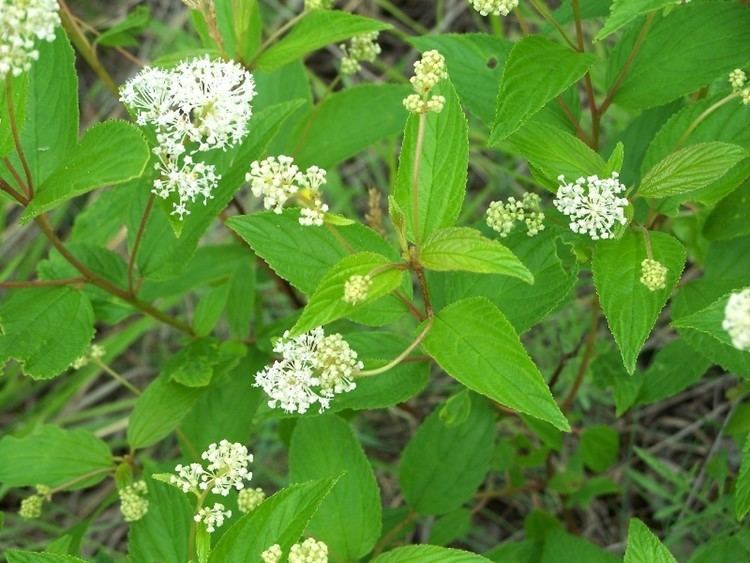
Wood, M. (1997). The book of herbal wisdom.






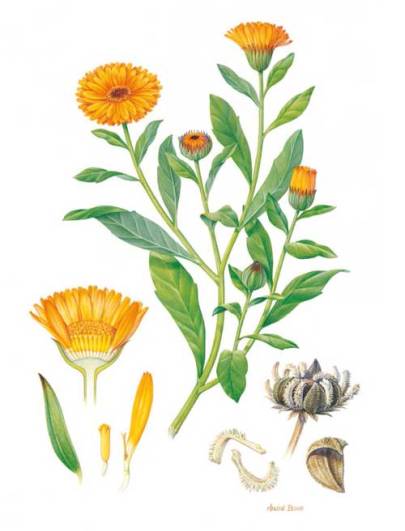
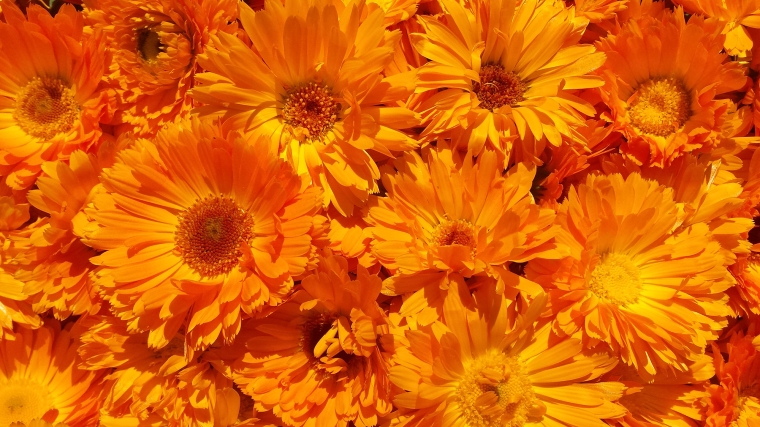 Indications:
Indications: